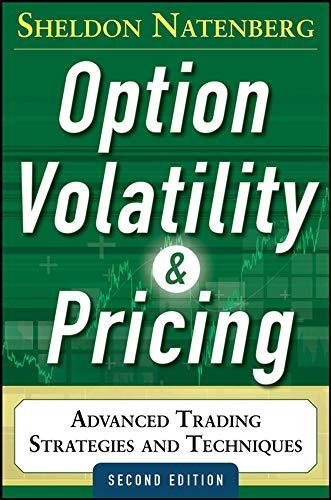Suppose you have 200 common shares of Benjamin Industries. The EPS is $2.00, the DPS is $1.00, and the stock sells for $40 per share. Now Benjamin announces a two-for-one split. Immediately after the split, how many shares will you have?
Proponents of MM's dividend irrelevance theory can use the signaling, or information content theory to explain why an increase in a stock's dividend is often accompanied by an increase in its price, while a dividend cut generally leads to a decline in the stock's price. True or false?
Use the residual dividend model to calculate a firm's dividend payout ratio, given the following data. Net income = $2,250,000; target equity ratio = 65%; tax rate = 40%; and total capital budget = $1,800,000.
A high participation rate in a DRIP suggests that stockholders might be better served if the firm simply reduced cash dividends, which would save stockholders some personal income taxes. True or false?
Suppose you have 330 common shares of Carlisle Enterprises. The EPS is $3.30, the DPS is $1.14, and the stock sells for $60 per share. Now Carlisle announces a three-for-one split. Immediately after the split, what will be the adjusted EPS and DPS?
| | a. EPS = $1.50; DPS = $0.75 | | |
| | b. EPS = $2.20; DPS = $1.00 | | |
| | c. EPS = $0.55; DPS = $0.19 | | |
| | d. EPS = $0.75; DPS = $0.25 | | |
| | e. EPS = $1.10; DPS = $0.38 | |
The target payout ratio is the target percentage of net income paid out as cash dividends. True or false?
Typically, common dividends cannot be paid if the firm has omitted its preferred dividend. Preferred arrearages must be satisfied before common dividends can be resumed. True or false?
The ex-dividend date is the date on which the right to the current dividend no longer accompanies a stock; it is usually 2 business days prior to the holder-of-record date. True or false?
Which of the following is not a reason for investors to prefer capital gains as opposed to dividends?
| | a. The Tax Code encourages investors to prefer capital gains, which for single taxpayers earning less than $400,000 and married taxpayers filing jointly earning less than $450,000 are taxed in 2013 at a maximum rate of 15%. | | |
| | b. Capital gains are just as certain as dividends. | | |
| | c. If a stock is held by someone until he or she dies, there is no capital gains tax due on the date of death. | | |
| | d. Taxes on capital gains are not paid until the stock is sold. | |
Clienteles are different groups of stockholders who prefer different dividend payout policies. True or false?
Which of the following issues arises when the decision to distribute income is being made?
| | a. How much should be distributed to stockholders? | | |
| | b. Should the distribution be made as cash dividends or share repurchases? | | |
| | c. Should the funds paid out from year to year be stable and dependable, or be allowed to vary with the firm's cash flows and investment requirements? | | |
| | d. All of the above are issues that need to be considered when a firm is making its dividend policy decision. | | |
| | e. None of thesethese are all extraneous to the decision. | |
Which of the following is not an advantage of a repurchase?
| | a. Stockholders are often indifferent between dividends and repurchases, and repurchases are generally just as dependable as dividends. | | |
| | b. A repurchase can remove a large block of stock that is "overhanging" the market and keeping the price per share down. | | |
| | c. Stockholders have a choice when the firm distributes cash by repurchasing stockthey can sell or not sell their shares. | | |
| | d. A repurchase announcement may be viewed as a positive signal by investors because repurchases are often motivated by managements' belief that their firms' shares are undervalued. | | |
| | e. Repurchases can be used to produce large-scale changes in a firm's capital structure. | |
Which of the following factors influence a firm's optimal payout ratio?
| | a. Management's opinion about its investors' preferences for dividends versus capital gains | | |
| | b. Availability and cost of external capital | | |
| | c. A firm's investment opportunities | | |
| | d. All of the factors above. | | |
| | e. None of these factors. | |
There are two types of DRIPS: (1) plans that involve only "old stock" that is already outstanding and (2) plans that involve newly issued stock. In either case, the stockholder must pay taxes on the amount of the dividends, even though stock rather than cash is received. True or false?






